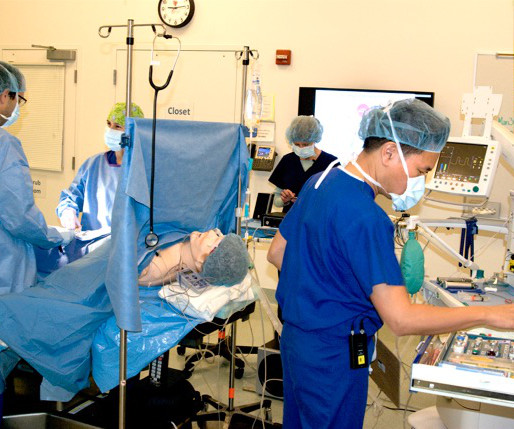WHAT ANESTHESIOLOGISTS DO… AN EXAMPLE ANESTHETIC
The Anesthesia Consultant
OCTOBER 11, 2020
The scrub technician and the surgeon drape sterile paper barriers over the perimeter of the abdomen, as well as a sterile paper vertical barrier (ether screen) between the anesthesiologist and the abdominal surgical site. A second dose of IV labetalol brings the heart rate to 70 and the MAP to 80 within another two minutes.











Let's personalize your content